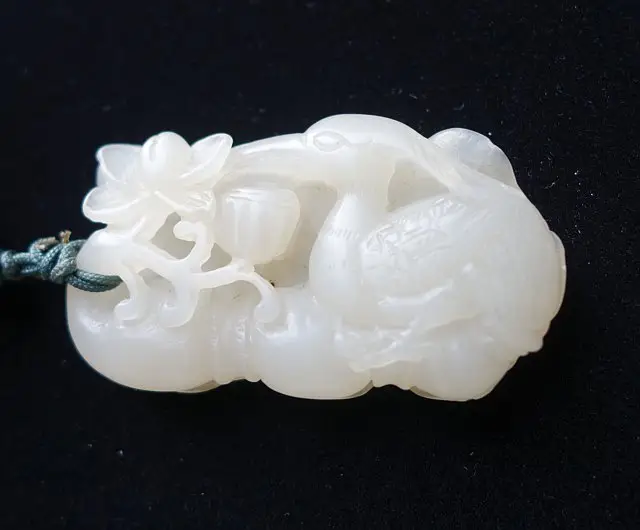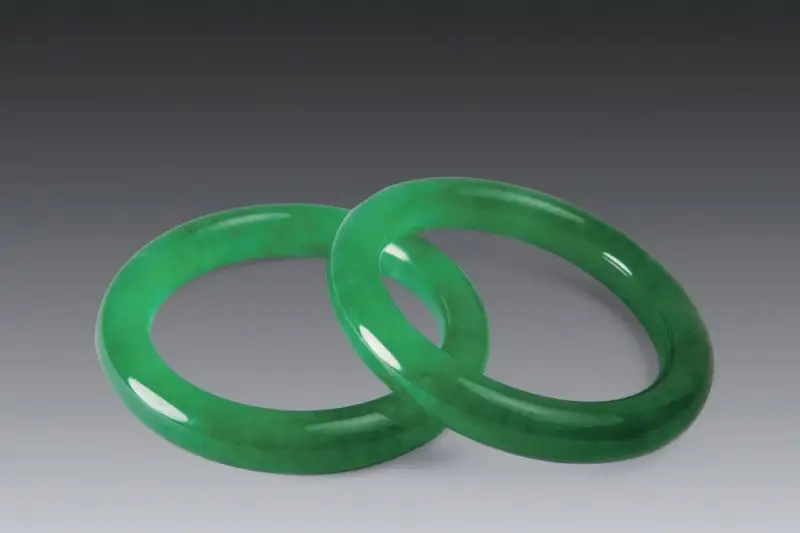Table of Contents
Introduction
The English name “spinel” likely originates from the Latin word “Spina,” meaning “little thorn,” referring to the eight points on its octahedral crystal structure. Spinel is a fascinating gemstone; the blue variety resembles sapphire, while the red variety resembles ruby. Historically, red spinel was often mistaken for ruby, such as the Timur Ruby and the Black Prince’s Ruby in the British Royal collection, both later identified as red spinels.
Spinel
- Crystal system: equiaxed crystal system
- Hardness: 8
- Specific gravity: 3.58~3.98
- Luster: Vitreous luster
- Transparency: Transparent to opaque
- Color: green, brown, orange, red, blue, black
- Refractive index: 1.71~1.73
- Birefringence: None
- Fluorescence: None.
- Cleavage: Imperfect cleavage.
- Properties: Single refraction, no pleochroism
Commercial Value of Spinel
The value of spinel increases with better color and clarity. Ideally, spinel’s color should closely resemble the vibrant red or blue of rubies and sapphires. However, spinel often displays lower saturation, appearing more brownish-red or grayish-blue.
Chromium-rich red spinel has a color very close to high-quality rubies, making it quite expensive. Naturally cobalt-colored blue spinel exhibits a vivid blue hue. One of the biggest advantages of spinel is that it usually requires no enhancement treatments, providing buyers with peace of mind. Spinel is prized for its high hardness, durability, and chemical stability, requiring little special care. Its popularity in the market stems from its beautiful appearance, comparable to that of rubies and sapphires, and the fact that it is typically untreated.
Follow Honway to learn more about the characteristics of gemstones~



